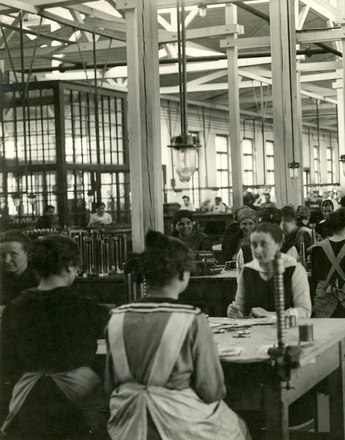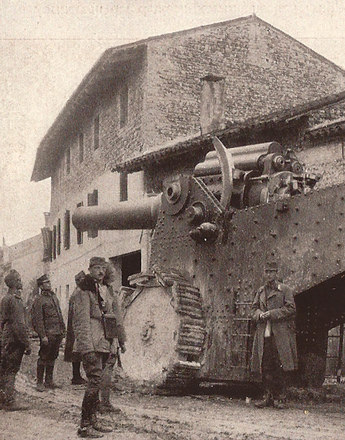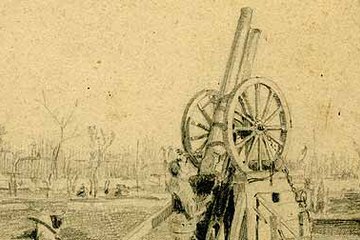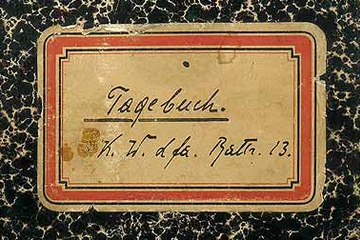The Origins of the Imperial and Royal Austro-Hungarian Aviation Corps
In the years before the First World War Austria-Hungary lagged behind the industrialized states of Western Europe as regards both economic performance and military expenditure. As a result the new field of military aviation had very modest funds at its disposal. However, the gradual development of the air force took place in a way that was similar to that in other states.
In 1893 the k. u. k. Militär-Aeronautische Anstalt (Imperial and Royal Military Aeronautical Establishment) was set up in the Arsenal complex in Vienna. Its activities centred on balloons and airships and in 1909 it was renamed the k. u. k. Luftschifferabteilung (Imperial and Royal Aeronautical Department). In the same year it moved to Fischamend near Vienna and a Militäraviatische Station (Military Aviation Station) was established at the airfield in Wiener Neustadt. In 1910 the first regular practice flights with military aircraft began, and the first invitations of tenders for the supply of aeroplanes to the army were advertised. From 1911 military pilots were trained in Wiener Neustadt and they could also gain their first practical experience within the framework of manoeuvres. It was also from 1911 that the Imperial and Royal marine aviators, who belonged to the Navy, set up their first naval air bases.
From 1912 the Imperial and Royal aviation corps was commanded by Emil Uzelac, who had graduated as a engineer and had himself also trained as a pilot. In 1912 and 1913 aviation corps bases in Fischamend, Wiener Neustadt, Przemysl, Ujvidek, Sarajevo, Mostar and Tyrol were enlarged or newly established and further military pilots were trained inWiener Neustadt, Fischamend and Görz (now Gorizia/Gorica on the border between Italy and Slovenia). It was planned to expand the aviation corps to fifteen companies of airmen with ninety aircraft by 1914, with the fleet consisting mainly of Lohner Pfeilflieger (Arrow Flyers) and Etrich Tauben (Doves). However, because of bottlenecks in procurement and finance the aviation corps was not available for active service in the summer of 1914 to the extent that had been envisaged.
Translation: Leigh Bailey
Desoye, Reinhard: Die k. u. k. Luftfahrtruppe. Die Entstehung, der Aufbau und die Organisation der österreichisch-ungarischen Heeresluftwaffe 1912–1918, 2 Bände, Wien 1999
Grosz, Peter M./Haddow, George/Schiemer, Peter: Austro-Hungarian Army Aircraft of World War One, Boulder 2002
-
Chapters
- Powered Flight as a New Technology
- The Invention of Aerial Warfare and How War Propaganda Hyped up the Flying Aces as a Form of Motivation
- The Origins of the Imperial and Royal Austro-Hungarian Aviation Corps
- The Beginnings of Aircraft Manufacture in Austria
- The Situation of the Austro-Hungarian Aviation Corps in the Years 1914-15
- The Procurement Campaign of 1915-16 and the ‘Knoller Programme’
- The Most Important Aircraft Types of the Austro-Hungarian Aviation Corps and Their Wartime Service





